Here's how to solve it step by step (without knowing anything about thevenin equivalents). You have to be able to understand how to do these kinds of reductions before you can get into thevenin analysis.
FIrst, ignore that 3.75V sense point for the moment. The 10k and 20k touching it are in SERIES. Look at the diagram until that's clear in your head. Effectively that's a 30k resistor.
Next, note that the other 20k which is connected in PARALLEL to that '30k' resistor. Again, look close until that sinks in. THis gives an equivalent resistance of (20k || 30k) = 12k.
Note it helps IMMENSELY to redraw the circuit every time you make one of these substitutions!!! (Actually at your level this is REQUIRED - Again I can do this in my head only because I've done this many many times before).
That 12k is in SERIES with the 20k connected to ground.
So overall that resistor network is 12k + 20k = 32k
Good so far???
Now apply the voltage divider equation to that 12k/20k ladder. You'll find the voltage to be (20k/(12k+20k)*5V) = 3.125V. So now we know there is 3.125V across that last 20k connected to ground. That means the rest of the mess has (5V-3.125V)=1.875V across it (i.e. if you place a voltmeter from 5V to that node, you'll get 1.875V)
This means there is 1.875V across the leftmost 10k/20k combo.
Again apply the voltage divider equation and you'll find the point of interest (between the 10 & 20k) is 0.625V
But that is relative to the node, NOT to ground. You have to now add the voltages to get to your solution (3.125 + 0.625) = 3.75
There is no way to get around doing these kinds of problems in a step by step orderly manner. It takes effort and attention to detail. The math part is pretty easy by comparison.



